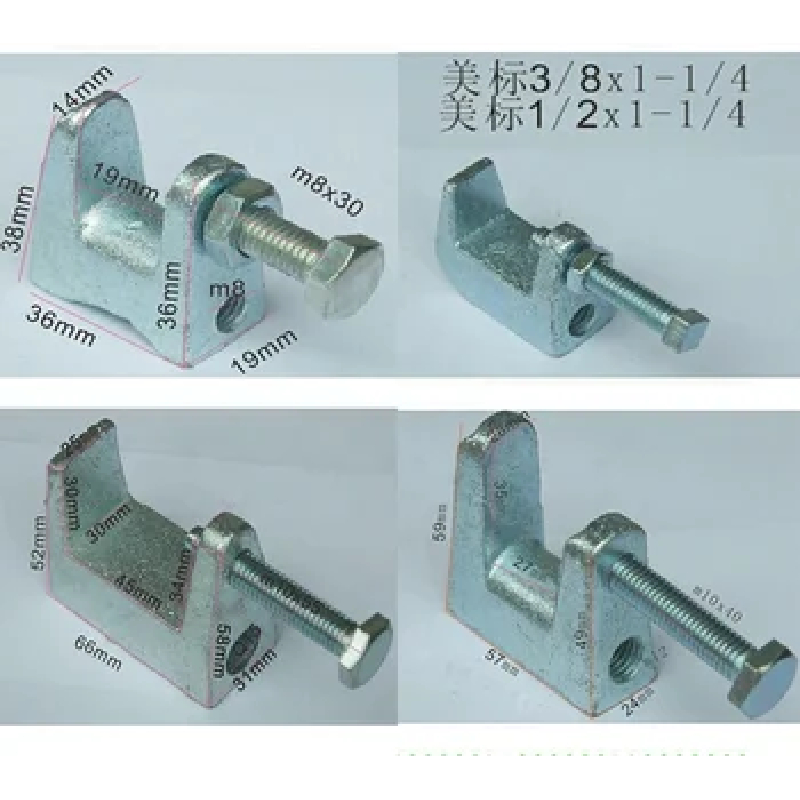Oct . 01, 2024 17:13 Back to list
M12 Hexagonal Nut Specifications and Applications for Various Engineering Projects
Understanding the Hexagon Nut M12 A Crucial Component in Engineering
In the world of engineering and construction, fasteners play a significant role in ensuring the integrity and stability of structures. Among these fasteners, the hexagon nut M12 stands out due to its universal application and robust design. This article delves into the features, applications, and importance of the M12 hexagon nut, particularly in industrial settings.
What is a Hexagon Nut M12?
A hexagon nut M12 is a type of fastener characterized by its six-sided shape (hexagon) and a nominal diameter of 12 millimeters. The 'M' in M12 signifies that it follows the metric system, which is widely used in many countries around the world. Hexagon nuts are typically made from a variety of materials, including stainless steel, carbon steel, and alloys, providing different properties in terms of strength, corrosion resistance, and temperature tolerance.
The dimensions of a standard M12 hexagon nut conform to the specifications set by international standards such as ISO (International Organization for Standardization) or DIN (Deutsches Institut für Normung). These specifications cover not only the dimensions but also the threads, ensuring compatibility with various bolts.
Applications of M12 Hexagon Nuts
Hexagon nuts, particularly the M12 variety, are used in a myriad of applications across different industries. Here are some notable examples
1. Construction In building and construction projects, M12 nuts are essential for securing structural components. They are frequently used in conjunction with M12 bolts to create stable connections in steel frameworks, scaffolding, and reinforced concrete structures.
hexagon nut m12

2. Automotive The automotive industry relies heavily on hexagon nuts for assembling various parts of vehicles. M12 nuts are commonly found in critical areas such as engine mounts, suspension assemblies, and even wheel fittings.
3. Machinery Industrial machinery that requires regular maintenance relies on M12 hexagon nuts to secure components. They are often used in conveyor systems, robotic arms, and manufacturing equipment.
4. Furniture and Fixtures Many modern furniture designs incorporate hexagon nuts in their assembly. This provides not only strength but also ease of disassembly and reassembly, allowing for transportation and adaptation in various settings.
Importance of Quality and Standards
When selecting M12 hexagon nuts, the quality of the fastener is paramount. Industrial applications often demand high-strength materials that can withstand significant loads and stresses. Using nuts that adhere to established standards (such as ISO or DIN) ensures compatibility and performance reliability.
Furthermore, choosing the right finish for the hexagon nut can enhance its corrosion resistance. Options such as zinc plating, anodizing, or powder coating can offer added protection in environments prone to rust and degradation.
Conclusion
The hexagon nut M12 may seem like a small component, but its impact is monumental in the fields of engineering and construction. As a versatile fastener, it plays an essential role in a wide range of applications. Understanding its specifications, quality standards, and potential uses is crucial for engineers, designers, and construction professionals alike. By selecting the appropriate fasteners, engineers can ensure the durability and safety of their structures, machines, and products, highlighting the hidden yet vital role that items like the M12 hexagon nut play in our everyday lives.


